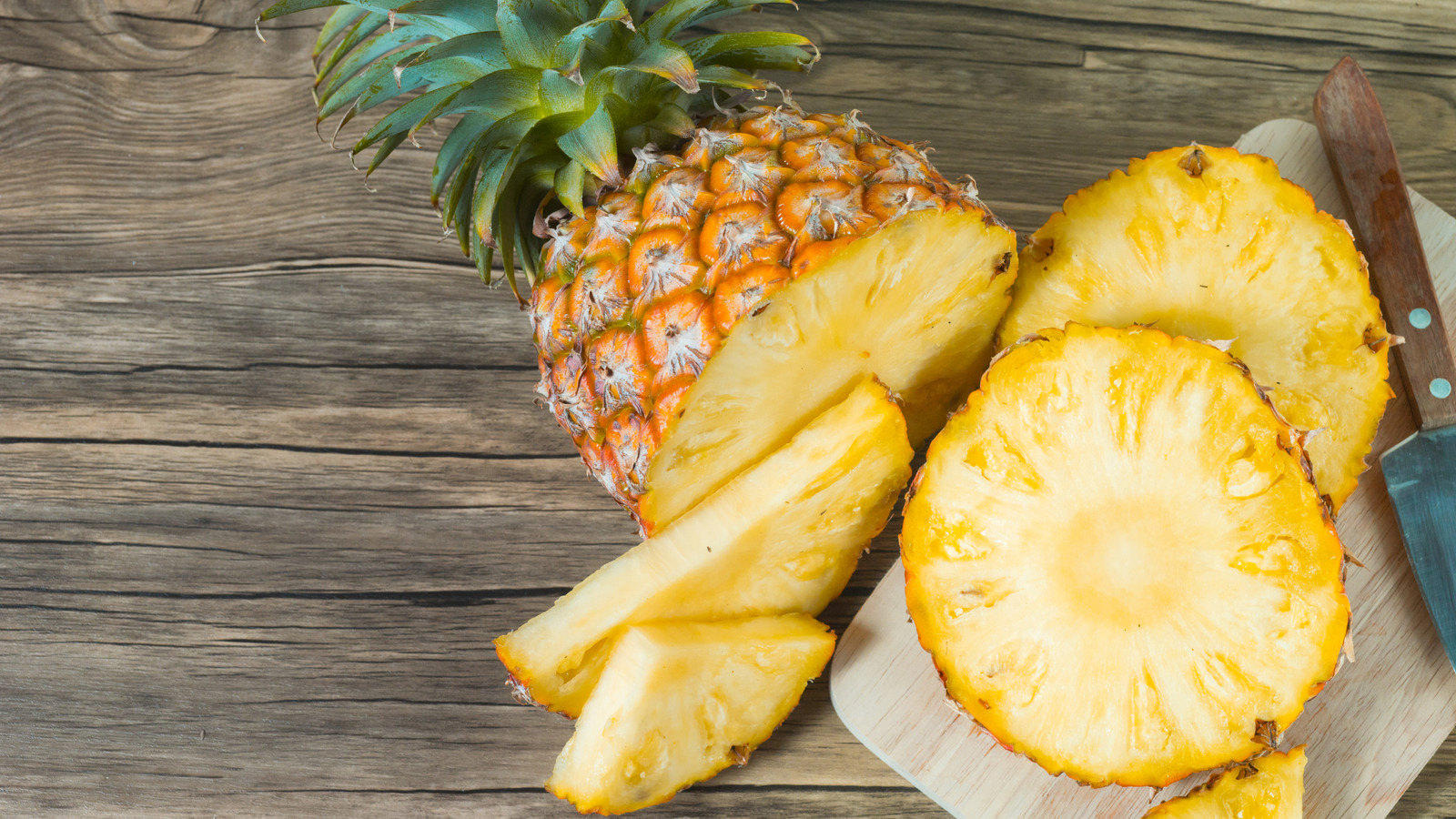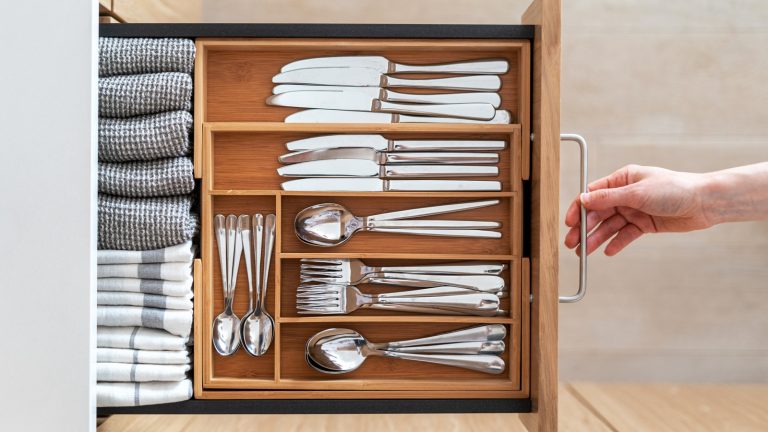It’s not a party without a pineapple, haven’t you heard? Well, actually, since we aren’t living in the 18th century, you might not have heard. Today, pineapples are plentiful. You can find them fresh or canned at your local grocery store. They are a great choice for Jell-O salads, on pizzas, in a pineapple margarita with a shot of smoky mezcal to boot, and in a quintessentially Southern-style pineapple and mayonnaise sandwich. However, this wasn’t always the case. At one point, not so very long ago, pineapples were considered a status symbol, often presented as decoration rather than a snack — one you could even rent.
The pineapple was first introduced to Europe in the 15th century by Christopher Columbus after his first trans-Atlantic voyage. It was, from the start, a point of novelty and wonder, a fruit completely new to Europe. As the centuries rolled on, and more European powers began colonizing the Caribbean and South America, the fruit was in high demand.
Since it did not grow well in a European climate, importing was often the only option; a task that was quite expensive. The fruit could cost several thousands of dollars in today’s money, so those who could afford them did not waste them on eating; rather, they were used as centerpieces; displayed as a wealth signifier to guests. Those who could not afford to purchase pineapples could rent them for an evening (for display purposes only, of course). While this may seem ridiculous today, use as a rental fruit is only one aspect of the pineapple’s grandiose history.
The rich history of the pineapple
It might be difficult now to fully comprehend just how big the pineapple craze was during the 17th and 18th century. You can perhaps liken it to a rarified scoop of caviar, or maybe the $19 strawberry sold at Erewhon. Food is often used as a means of communicating wealth and status. However, no food has made as big of a cultural impact as the king of all fruits, the pineapple. From its first introduction to Europe in 1493, the pineapple was considered one of the most desirable products from the “New World.” Since it could not be grown in European climates, the fruit had to be shipped in, making it both rare and highly sought after.
However, it wasn’t until the 17th and 18th centuries, when gardening became a fashionable hobby of the rich and the invention of orangeries allowed for the fruit to be grown in Europe that the pineapple became a full-blown cultural phenomenon. Orangeries and hot houses allowed for pineapples to grow on European soil. However, they were also incredibly expensive to build and maintain. Therefore, being able to produce and display pineapples became a way of signifying wealth.
Of course, those who could not procure or grow their own pineapples weren’t completely out of luck. They could always rent a pineapple from pineapple merchants. The pineapples were, of course, based on their rented nature, not to be eaten, but displayed as a decoration.
How the pineapple’s prominence endures today
Pineapples found their way into homes in other ways, whether used on flatware, vases, in paintings, or carved into the entryways of houses. The very image of a pineapple soon became a symbol of wealth, home, and the art of entertaining, not only because of its popularity as party décor, but also owing to cultural norms of British colonial customs in the Caribbean. Many estate owners in the West Indies would place pineapples in front of their doors in order to signify that they were open to guests. Pineapples, therefore, grew into a signifier of hospitality, and their image was often used as a shorthand for indicating a welcoming home.
Now, the pineapple’s status as a kingly food didn’t last forever. In the 19th century, steamships allowed for faster trans-Atlantic transportation, so pineapples became more abundant and cost less money in England. In the 20th century, thanks to advancements in technology and industrialization, canned pineapple became a pantry staple for many home cooks.
However, this abundance doesn’t mean that pineapples have lost all of their glossy, high-brow sheen. Paintings, carvings, and cast iron images of the fruit are visible on many older properties, and are still used in home décor even now as a means of communicating hospitality. It seems the pineapple craze never really died. Today, in fact, you can have your pineapple and eat it, too.







